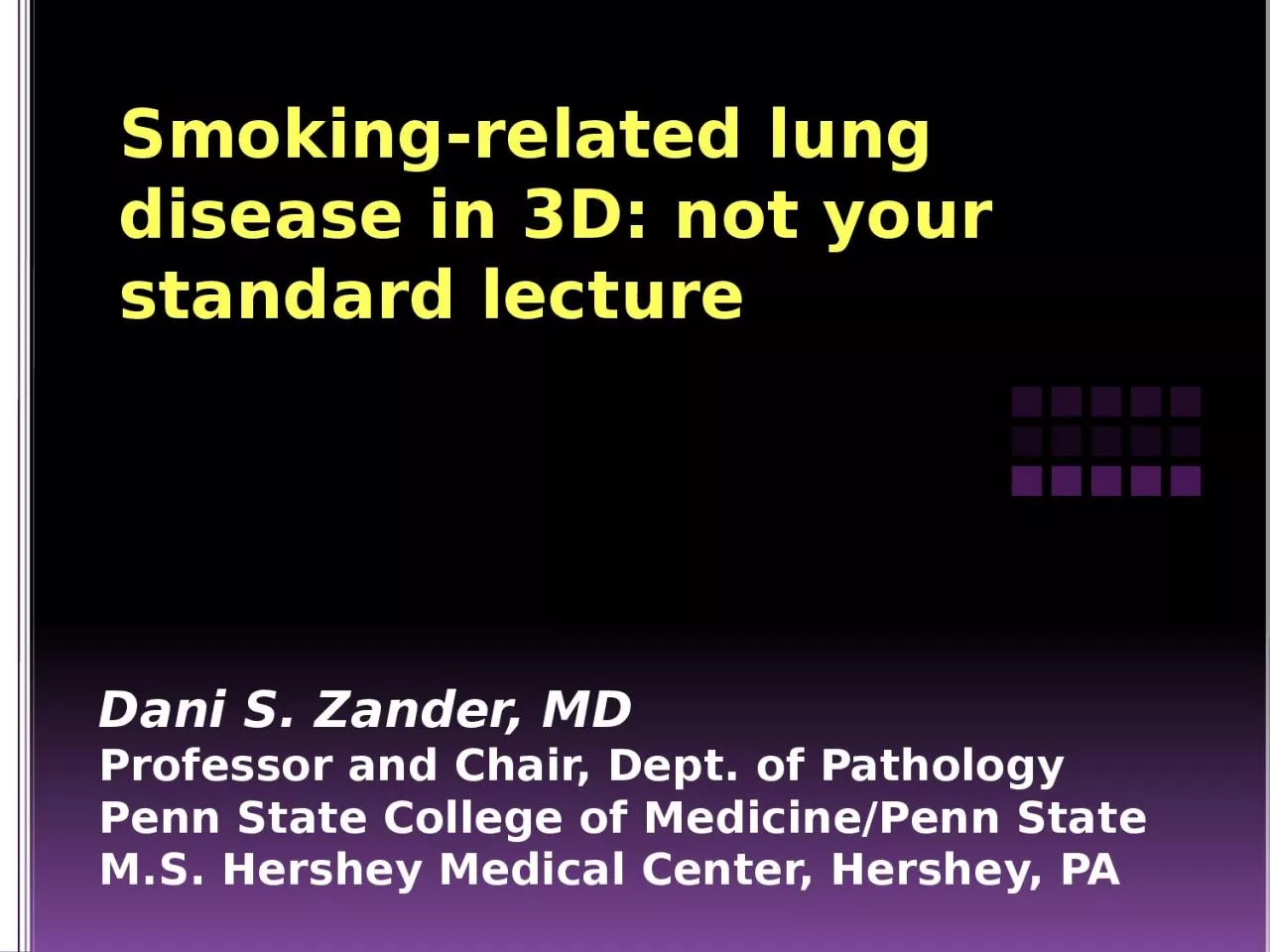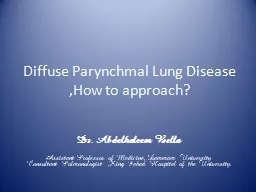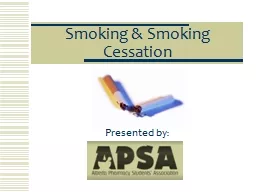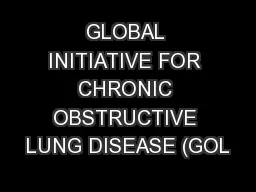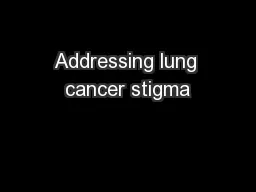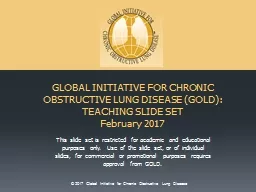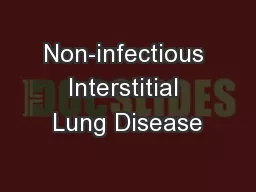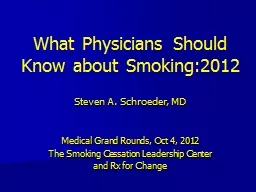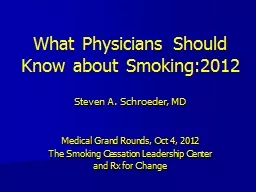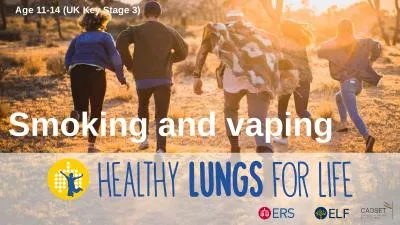PPT-Smoking-related lung disease in 3D: not your standard lecture
Author : FuzzyWuzzyBear | Published Date : 2022-07-28
Dani S Zander MD Professor and Chair Dept of Pathology Penn State College of MedicinePenn State MS Hershey Medical Center Hershey PA SmokingRelated Lung Diseases
Presentation Embed Code
Download Presentation
Download Presentation The PPT/PDF document "Smoking-related lung disease in 3D: not ..." is the property of its rightful owner. Permission is granted to download and print the materials on this website for personal, non-commercial use only, and to display it on your personal computer provided you do not modify the materials and that you retain all copyright notices contained in the materials. By downloading content from our website, you accept the terms of this agreement.
Smoking-related lung disease in 3D: not your standard lecture: Transcript
Download Rules Of Document
"Smoking-related lung disease in 3D: not your standard lecture"The content belongs to its owner. You may download and print it for personal use, without modification, and keep all copyright notices. By downloading, you agree to these terms.
Related Documents

